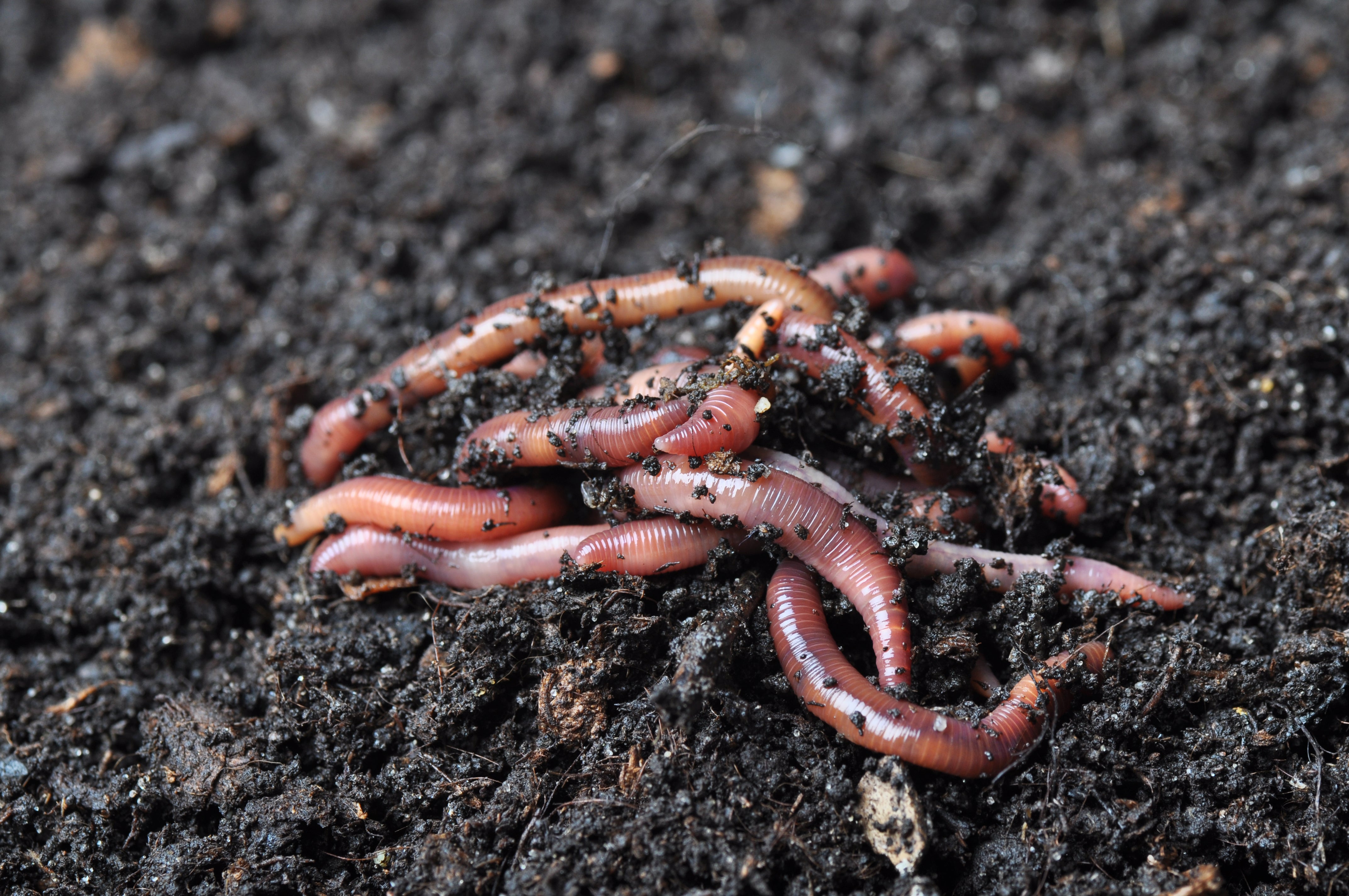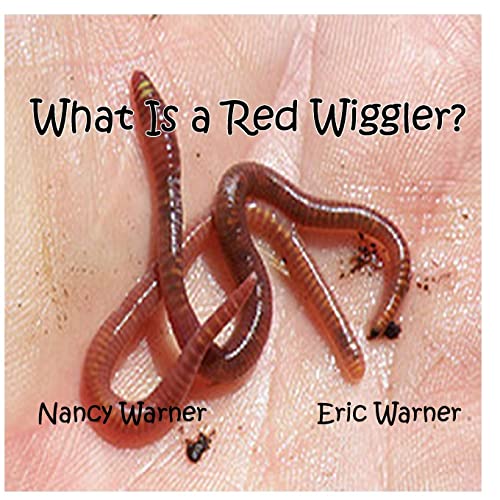Discover Why Lake Hickory Bait is the Best Choice for Yard Care
Red Wigglers: The Unsung Heroes of Organic Waste Recycling
Red wigglers, or Eisenia fetida, act as vital representatives in the organic waste reusing procedure, changing discarded materials into valuable vermicompost. Their effective malfunction of organic matter not just boosts dirt quality however additionally adds to lasting waste administration practices. As the globe increasingly seeks solutions to combat waste build-up and enhance farming efficiency, comprehending the function of these worms ends up being crucial. What mechanisms permit them to grow in garden compost environments, and how can they be effectively utilized in both household and industrial settings? Checking out these concerns reveals the broader ramifications of vermicomposting in our eco-friendly landscape.
What Are Red Wigglers?
The exceptional strength of red wigglers, medically referred to as Eisenia fetida, highlights their vital function in natural waste recycling. These little, reddish-brown earthworms are typically located in decaying raw material, such as garden compost piles and manure heaps. Lake Hickory Bait. Unlike various other earthworm species, red wigglers prosper in nutrient-rich environments and are very effective at breaking down organic products, making them important for vermicomposting

(Red Wiggler Express)In addition to their function in waste decrease, red wigglers add to dirt wellness by boosting soil structure and aeration via their burrowing activities (Lake Hickory Bait). Their existence in composting systems not just boosts disintegration prices yet likewise promotes a sustainable approach to squander administration, highlighting their importance in environmental conservation efforts
Benefits of Composting With Worms
Composting with worms, especially red wigglers, offers various benefits that improve both waste administration and dirt health. Initially, these worms successfully damage down natural waste, transforming it into nutrient-rich vermicompost that improves dirt. This procedure increases decomposition, permitting a quicker recycling of kitchen area scraps and other natural products contrasted to standard composting techniques.
Furthermore, the vermicompost generated by red wigglers is teeming with advantageous microorganisms, which aid boost dirt framework, oygenation, and wetness retention. This improves the overall health of plants, advertising strenuous growth and enhanced returns in yards and farming setups. Moreover, making use of worms in composting minimizes the manufacturing of greenhouse gases, such as methane, adding to an extra lasting waste management system.

Just How to Begin Vermicomposting
Developing a vermicomposting system is an uncomplicated procedure that can produce considerable benefits for both waste management and dirt enrichment. To start, pick a suitable container, such as a plastic container or wood box, with ample air flow holes to ensure proper air movement. The measurements need to ideally be about 2 feet by 3 feet, allowing ample space for the worms to grow.
Next, prepare bedding material, which can consist of shredded paper, cardboard, or coconut coir. This bed linens needs to be moistened to create an appropriate environment for the worms. When the bed linen is in area, present red wigglers (Eisenia fetida) right into the bin, usually around one pound of worms for each square foot of surface area.
Complying with the positioning of worms, include natural waste, such as fruit and veggie scraps, coffee grounds, and crushed eggshells. With these steps, you will effectively start a vermicomposting system that adds to sustainable waste management and enriches your dirt.
Keeping a Healthy Worm Bin
(Red Wiggler Express)Maintaining a worm container prospering requires normal interest and treatment to make sure the health and wellness of the red wigglers and the efficiency of the composting procedure. Correct upkeep begins with keeping an eye on the wetness levels; the bin must be damp however not waterlogged. An excellent rule of thumb is to preserve a consistency comparable to a wrung-out sponge.
Gently mixing the bed linen and food scraps every few weeks protects against compaction and ensures that all worms have access to oxygen. In addition, it is crucial to feed the worms appropriately.
Temperature guideline is an additional crucial element. Red wigglers grow in an array of 55 to 77 degrees Fahrenheit. If the container becomes too hot or cool, the worms may come to be worried - Lake Hickory Bait. Occasionally examine for indications of wellness, such as worm populace development and the existence of healthy and balanced spreadings. By faithfully taking care of these aspects, one can keep a durable and effective worm bin.
Impact on Sustainable Living
The successful maintenance of a worm container not just profits the health and wellness of red wigglers however likewise contributes significantly to sustainable living practices. By reusing natural waste, such as kitchen scraps and backyard debris, red wigglers assist divert significant quantities of material from land fills. This reduction in waste not only decreases greenhouse gas emissions however likewise minimizes the environmental concern related to waste management.
Additionally, the castings produced by red wigglers function as a nutrient-rich natural fertilizer, enhancing dirt health and advertising plant development. This natural alternative to chemical fertilizers supports sustainable agriculture and horticulture techniques, reducing dependence on artificial inputs that can hurt ecological communities. Furthermore, worm composting promotes understanding of waste monitoring, motivating individuals and neighborhoods to take on even more sustainable routines.

Conclusion
In summary, red wigglers serve as crucial contributors to natural waste recycling with their reliable decay of organic materials. By integrating vermicomposting into waste monitoring approaches, people and communities can substantially reduce waste while promoting ecological sustainability.